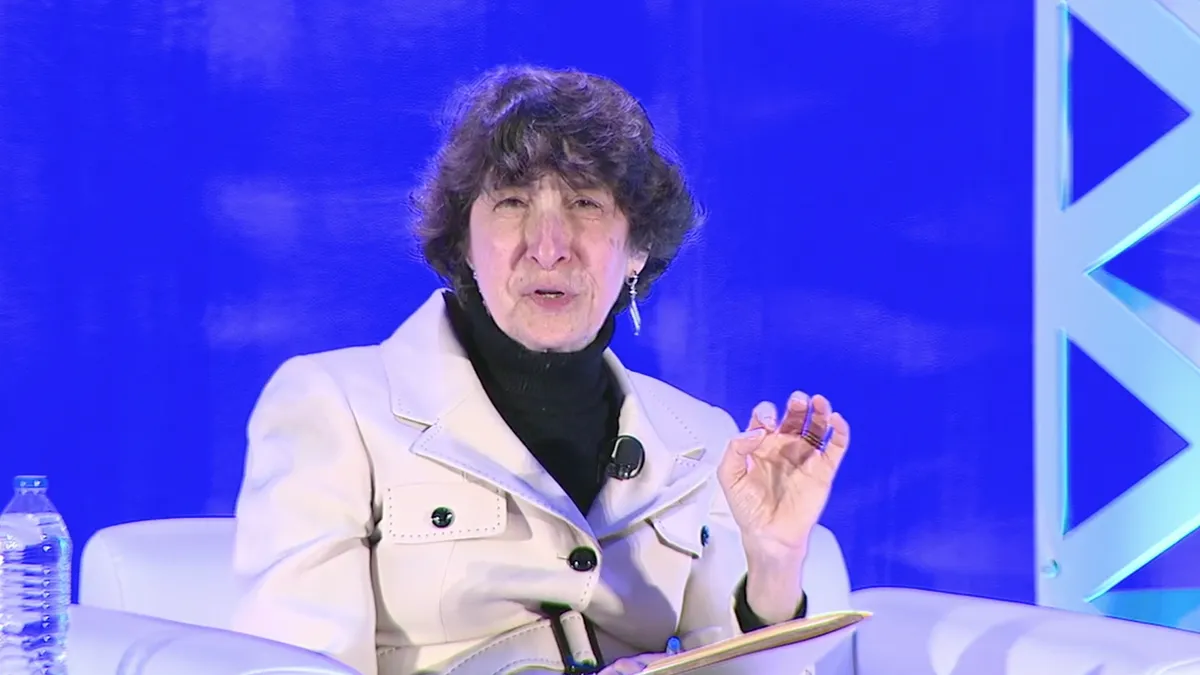The comment period for the proposed rule implementing the Pregnant Workers Fairness Act closed Oct. 10, with respondents submitting nearly 100,000 comments for the U.S. Equal Employment Opportunity Commission to consider.
The proposed rule includes a list of nonexhaustive potential accommodations for pregnancy and related conditions, including adjustments like job restructuring, part-time work, modified schedules and light duty.
The EEOC also said the law would apply to applicants and employees in a variety of circumstances, including for uncomplicated pregnancies; for existing circumstances exacerbated by pregnancy or childbirth; for those needing only a temporary change; and for “related medical conditions,” which encompass past and potential pregnancy, use of birth control, menstruation, miscarriage, stillbirth and having or choosing not to have an abortion and more.
The Society for Human Resource Management was among the organizations that commented, suggesting the agency bring the accommodation process “more in line with the process under the ADA.”
In particular, SHRM requested the agency require workers to submit accommodation requests only to supervisory or HR staff; to clarify that the need for an accommodation is due to the pregnancy-related limitation; and to be asked to provide documentation unless the need is obvious.
SHRM also requested EEOC provide examples of when an employer cannot “reasonably accommodate” the inability to perform essential functions, define “temporary” and “the near future” — the time period during which an employer must accommodate PWFA requests, and when the accommodation may end.
“The proposed regulation’s allowance for multiple periods of temporary inability that could be stacked to result in the requirement for removal of essential functions far beyond a total of 40 weeks,” Emily Dickens, chief of staff and head of public affairs and corporate secretary, SHRM, wrote. “For example, 40 weeks pre-pregnancy, 40 weeks during pregnancy, then 40 weeks following return from leave/recovery from childbirth, which is over two years, does not seem consistent with the purpose of the PWFA.”
While SHRM’s comments focused on the ability of employers to interpret the law, much of the feedback from other sources centered on the more controversial inclusion of abortion as a protected pregnancy-related medical condition.
A group of Democratic members of Congress expressed strong support for inclusion of abortion, infertility, lactation and miscarriage among the related medical conditions covered by the law. They also requested a more detailed interpretation of the rule of construction on religious employment to clarify the “narrow scope,” strengthened language around unnecessary compliance delays and — somewhat counter to SHRM’s request — a longer list of accommodations for which it would not be reasonable for an employer to seek documentation.
On the other side of the aisle, Republican lawmakers strongly condemned the inclusion of abortion coverage. “We urge the Commission to modify the regulations to reflect clear Congressional intent by removing the abortion and other anti-life mandates from any final rule,” they wrote. “The Commission must also clarify that pro-life and religious employers are exempt from making any accommodations under the PWFA that violate their sincerely held religious beliefs or moral convictions.”
Many individual commenters also expressed disapproval of the inclusion of abortion protection. “The text of the PWFA does not mention abortion and the Equal Employment Opportunity Commission cannot pretend it does,” many of the comments read, appearing to draw from a similar script. “The administration has no legal authority to simply create abortion requirements out of thin air.”
The Pregnant Workers Fairness Act took effect June 27. The law requires the EEOC to finalize regulations for its enforcement by Dec. 29, according to an August announcement from the agency.













